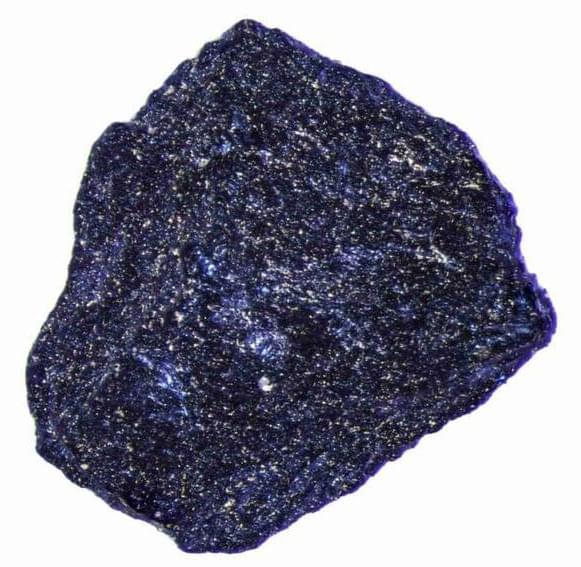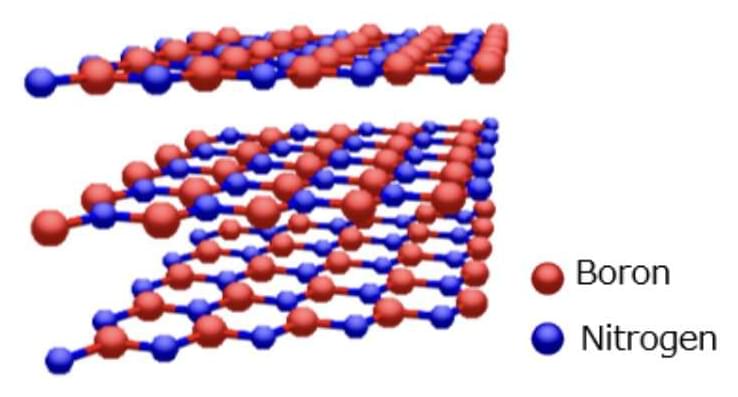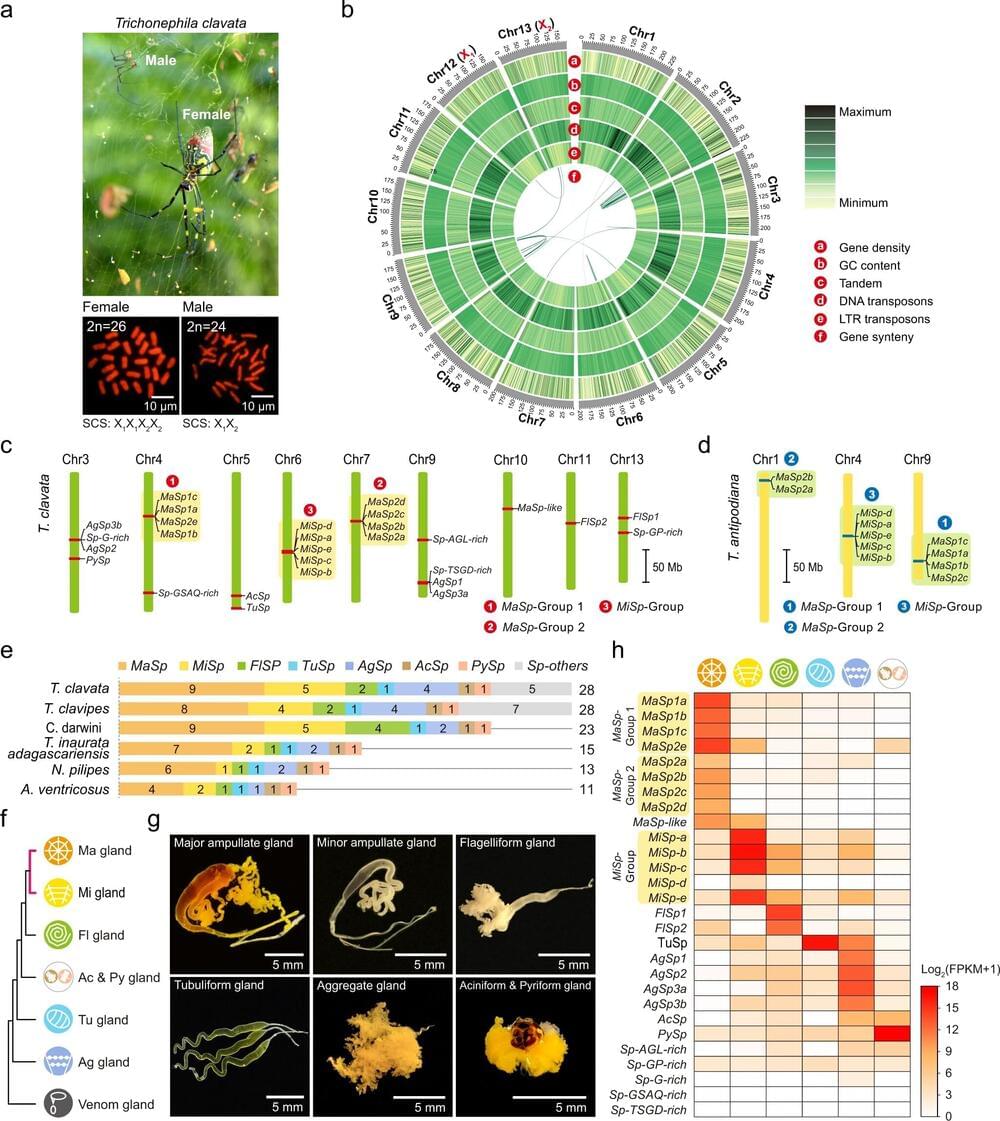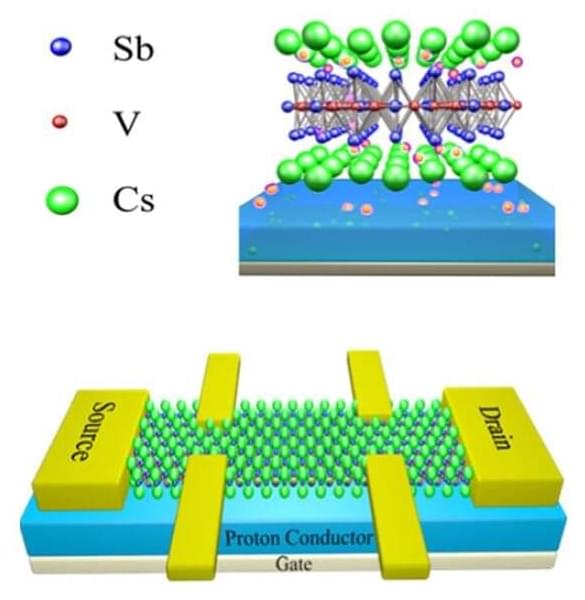Superconductivity is an incredible property of certain materials with exciting consequences. Once reached, for example, said materials can conduct electricity without resistance, so no loss of energy. But most materials are superconductive at extremely low temperatures. The quest for a room-temperature superconductor is ongoing, and is not without a bit of scientific drama.
A few years ago, there was a claim of a room-temperature superconductor that became supercritical at a temperature of 15°C (59°F), but required a pressure of 2.5 million atmospheres. That’s on the order of the pressure you might find in the core of a rocky planet, and can be achieved by squeezing materials between two diamonds. Other scientists raised issues with the way the numbers were handled, including an accusation of the data used being fabricated.
The paper was retracted by the journal Nature last September, and the team claims they are ready to resubmit that work. They have also announced a brand-new material with even more extraordinary properties (if confirmed). The new substance is described as a nitrogen-doped lutetium hydride that becomes superconductive up to 20.5°C (69°F) and at a much lower pressure, roughly 10,000 atmospheres. Quite the improvement.









